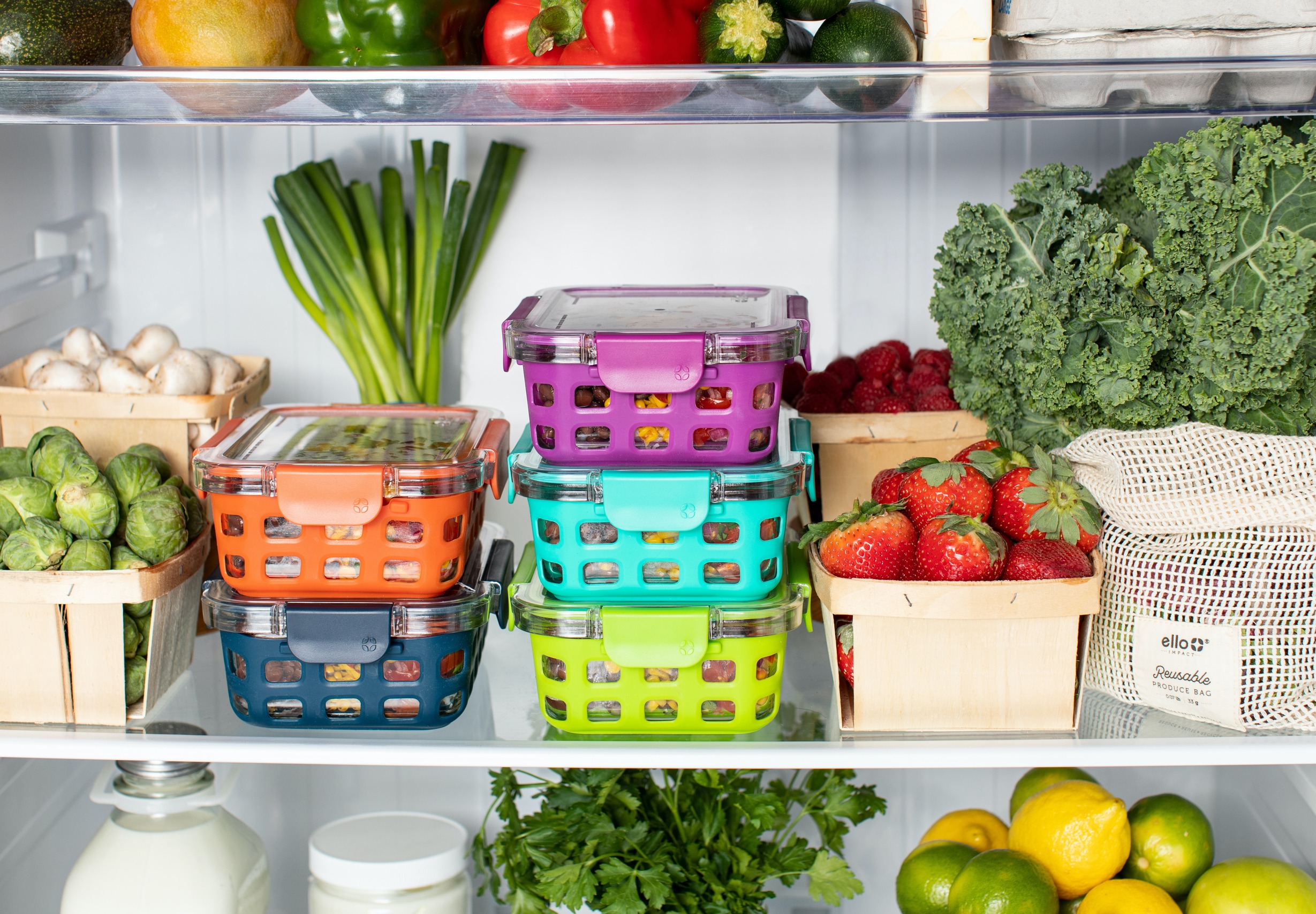What’s the best refrigeration option for me?
Depending on the model you choose, the running cost of a new fridge/freezer over 10 years could be between $600 and $2000. So, it’s important to consider more than the upfront cost of the product.
We’ve put together some factors to consider when making a purchase. Check out the advice below.
Choosing a fridge and freezer
You can reduce running costs by choosing the right fridge or freezer for your needs. There are several factors to take into account:
Size: don’t buy a bigger fridge/freezer than you need, but remember that, if you overfill your fridge/freezer, it will struggle to cool food evenly. It’s more efficient to run one large fridge/freezer than two small ones.
Model: fridge/freezers with a top and bottom configuration are often more efficient than a side-by-side arrangement.
Fridge Energy Label: look for the Energy Rating Label to compare fridges and freezers.
- If you’re comparing similar sizes and types – use the stars on the Energy Rating Label. The model with the most stars is the most efficient.
- If you’re comparing different styles or sizes – for example, a larger fridge with a smaller fridge-freezer, look at the energy consumption figures on the Energy Rating Label. The model with the lowest consumption will be the cheapest to run.
Smart use of fridges and freezers (Set up)
- Don’t put your fridge next to the oven – or in direct sunlight.
- Make sure there’s an air gap all around it –check the manual to find out how big it needs to be.
- Check that the temperature is set correctly – freezers should be between -15°c and -18°c and fridge compartments should be 2°c to 4°c. You can buy fridge thermometers to check temperatures.
Maintenance
- Clean and check the door seals regularly – try putting a piece of paper in the seal and closing the door. If the seal is working properly, it will hold the paper firmly.
- If your fridge doesn’t auto-defrost – make sure you defrost as required (when the ice build-up is more than 5mm thick).
- If your fridge has coils on the back – dust them every year.
When you’re away for a long period – turn off, empty and clean your fridge, and leave the door ajar.
Day-to-day use
- Allow food to cool before putting it in the fridge – but don’t let it sit at room temperature for too long (could be a health risk).
- Try not to open the door too frequently – or leave it open for long intervals.
- In freezers, food packages should be scattered – avoid grouping and stacking to stop items freeing together.
Recycling your fridge and freezer
Old fridges and freezers are inefficient and can cost you two to three times more than running a new fridge. It’s time to pull the plug on your old fridge if:
- It’s more than 20 years old
- It runs continuously to maintain the right temperature
- It no longer reaches the right temperature – fridge compartments should be around 2°c to 4°c, freezers between -15°c and -18°c.
Recycling your old fridge is better for the environment because it avoids adding harmful material to landfills and greenhouse gasses to the atmosphere.
ECO Drops serve several key functions to manage domestic recycling, as well as domestic and commercial refuse for Christchurch. The ECO Drop homepage says you can drop off old fridges and freezers free of charge.






